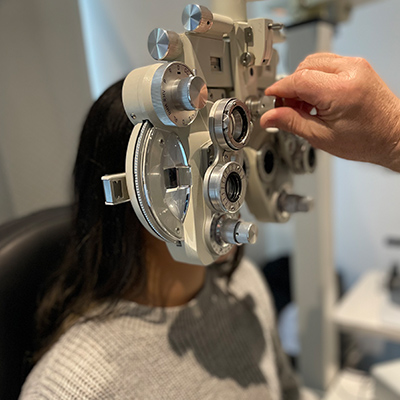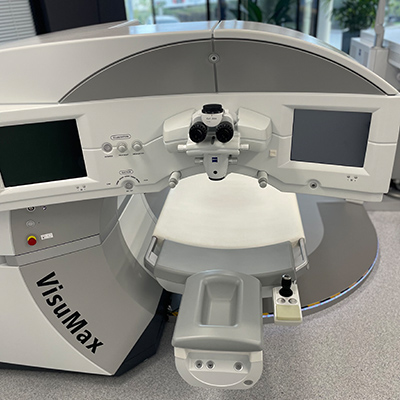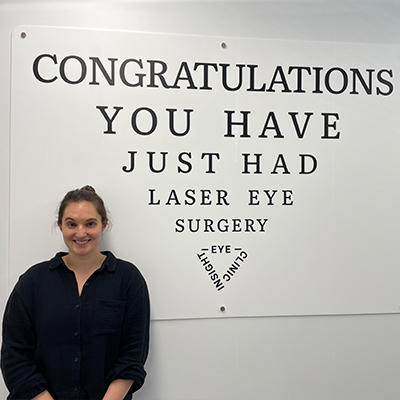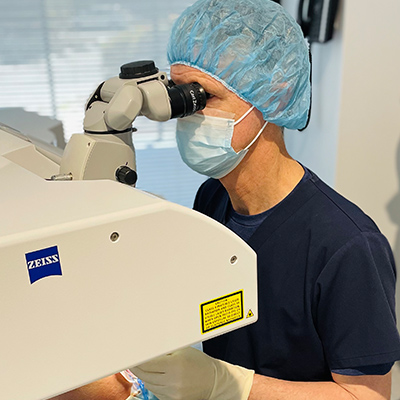Cataract Surgery – The Procedure
How is Cataract Surgery Performed?
This animated video accurately represents what you can expect during cataract surgery. You will not be aware of each step as your eyes will be numbed with a local anaesthetic eye drop. Patients are also given the option of a sedative to ensure a relaxed and calm experience.
What is a Cataract?
A cataract is clouding of the natural lens deep inside the eye. The natural lens is responsible for focusing light and producing clear, sharp images. The lens is a living tissue consisting of cells, water and protein. Over time, proteins degenerate, becoming opaque and blocking the light passing through the eye, making sight dull, blurred or fuzzy.
For most people, cataracts are natural results of ageing. Often cataracts develop in both eyes at the same time. The symptoms vary, but include a gradual blurring of vision, halos around lights, glare and double vision. The cloudy natural lens inside the eye is removed and replaced with an artificial intraocular lens (IOL).
There are various IOL’s (intraocular lenses) available to suit each individual and not all are suitable for every patient. Dr Furness and the team at Insight Eye Clinic will fully educate you during your consultation as to the most suitable lens type based on your visual preferences and ocular measurements.
Image shows an eye with a nuclear cataract which has fogged the entire lens
Image shows an eye following cataract surgery. The diseased lens has been removed and been replaced with a multifocal lens
What Can I Expect Following Surgery?
You can expect your vision to improve within the first few days of having cataract surgery. Your vision might still be blurry at this early stage whilst your eyes are healing and adjusting to their new vision.
When Can I Drive After Cataract Surgery?
It can take one to three days until you are able to drive as your vision must meet driving standards following your procedure. You should avoid strenuous activities and heavy lifting for the first few weeks and be sure to discuss any activities you are unsure of with your doctor. You should also avoid bending over to prevent putting extra pressure on your eye(s).
Will My Vision be Different After Cataract Surgery?
Colours may appear brighter as you are now looking through a new, clear lens. A cataract is usually yellow or brown tinted, dulling the appearance of colours before surgery. You might experience slight discomfort following your procedure but this should disappear after three to seven days. Typically, complete healing occurs within eight weeks.
You should contact the clinic immediately if you experience any of the following symptoms:
• Vision loss
• Discharge or increased eye redness
• Flashing lights or multiple floaters
• Persistent pain that cannot be helped by OTC pain medication or eye drops
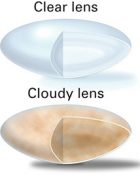
What is Laser Assisted Cataract Surgery?
Some surgeons opt to use a femtosecond laser to assist with the creation of the corneal incisions and / or the breakdown of the cataract (phacoemulsification). It can offer more precise incisions in the cornea and fragmentation of the lens. It is noted that the assistance of a laser might allow better positioning of the new intraocular lens (IOL).
Studies do not show that laser assisted cataract surgery results in fewer complications. Also, studies haven’t found that laser cataract surgery provides better outcomes. Your outcome depends in large part on the skill and experience of your surgeon.
Using a laser during cataract surgery is often not covered by Medicare and means additional fees are sometimes present.
